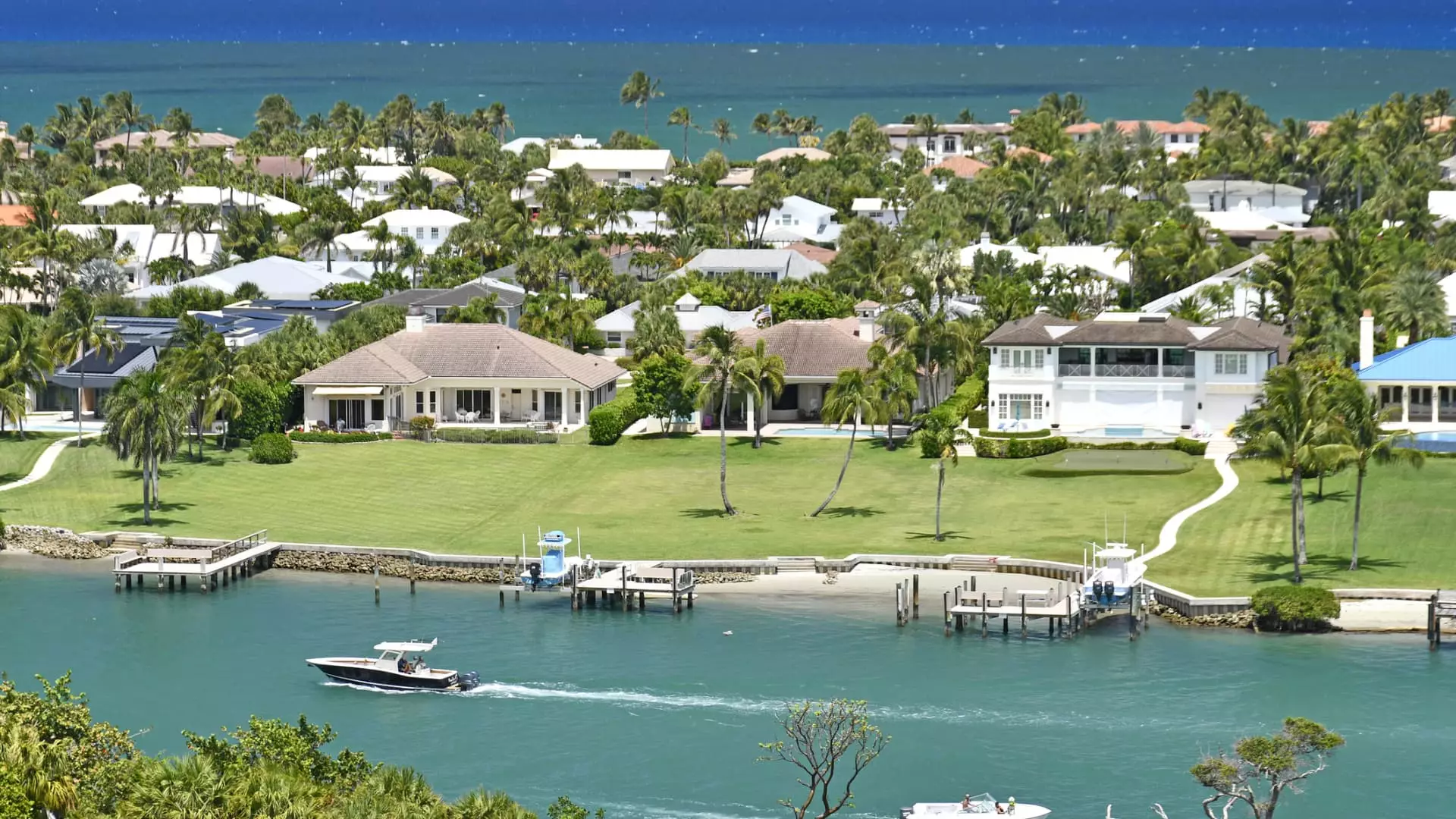The luxury real estate market in 2025 reveals a glaring chasm between ultra-wealthy buyers—those with net worths north of $30 million—and the broader affluent class. While market headlines often crow about booming luxury sales, the truth is far more nuanced. Ultra-rich buyers continue to splurge on high-end properties with cash offers, seizing opportunities amid economic volatility. Meanwhile, the merely wealthy tread carefully, feeling the sting of rising interest rates and wary of economic instability. This divergence shatters any illusion of a uniform luxury market and exposes how economic stress disproportionately strains middle-to-upper-middle class buyers.
This bifurcation is no small matter. It exposes a deeper trend: wealth concentration not only fuels luxury purchases but also deepens barriers to entry for less wealthy buyers aspiring to join these ranks. The ultra-rich play a different financial game, shrugging off interest rate hikes because they bypass traditional financing altogether. For the merely affluent, however, borrowing costs remain a critical obstacle, forcing many to step back from the market or negotiate aggressively on price.
Cash King: Why Liquid Wealth Dominates in 2025
An astonishing majority of luxury property purchases are now all-cash transactions—a figure approaching or exceeding 50% according to industry reports. This isn’t just convenience; it’s strategic dominance. High interest rates have transformed cash purchasing power into a formidable weapon. Buyers with liquid capital can close deals faster and with less risk, squeezing out competitors reliant on financing.
Jason Waugh, a seasoned Coldwell Banker executive, highlights how this trend is less about preference and more about necessity. Elevated borrowing costs impose a harsh penalty on leveraged buyers. The equation is simple for wealthy investors: why pay premiums on loans when you can wield cash to control the terms?
This surge in cash purchases heralds a return to a more stratified real estate environment, where liquidity reinforces privilege, and borrowing becomes a millstone for those without deep pockets. It’s a reminder that wealth, more than ever, facilitates access—transforming real estate from an investment opportunity into a gatekeeping mechanism.
Real Estate as a Fortress Amidst Market Turbulence
The persistent economic uncertainty dents confidence in stocks and bonds, driving a notable segment of affluent individuals to anchor their wealth in tangible assets — predominantly real estate. Unlike volatile equities, property remains a stable hedge against inflation and market disruption. Approximately two-thirds of luxury-focused agents report that their clients are either maintaining or increasing their real estate exposure, underscoring the asset class’s enduring appeal.
Yet, this “safe haven” mentality does not make luxury real estate immune to broader market shocks. May 2025 saw a downturn in luxury home sales following a stock market dip, with single-family properties slipping nearly 5% year-over-year and attached properties plunging over 20%. Such volatility reveals that even in “safe” sectors, sentiment changes quickly, especially among more cautious wealthy buyers who monitor the interplay of economic indicators closely. The market is no monolith; it is sensitive to both macroeconomic forces and psychological factors.
Discerning Buyers Demand More Than Space
The luxury real estate consumer is evolving, proving that size alone no longer guarantees desirability. Increasingly, buyers—especially newcomers to the market—expect a nuanced blend of technology, lifestyle, and aesthetics. Smart home features like intelligent refrigerators, spa-level bathrooms, and seamless indoor-outdoor transitions have become baseline expectations rather than luxuries.
This rising bar reflects two societal trends: first, the democratization of technology, where cutting-edge appliances have shifted from niche to normative; second, lifestyle prioritization, particularly among younger affluent buyers who value wellness and connectivity as much as square footage. Sellers and developers ignoring these expectations risk pricing themselves out of relevance despite maintaining traditional luxury attributes.
The Hidden Implications of Price Cuts and Cautious Behavior
One often overlooked aspect of the 2025 luxury market is the rising incidence of list-price reductions across all price tiers. This signals a more cautious buyer pool and a softening of seller confidence. While luxury real estate prices remain elevated—median sales hovering near $1.7 million for single-family homes—vendors can no longer assume a seller’s market.
This climate fosters more prudent behavior from all parties. Buyers adopt a more deliberate approach, scrutinizing amenities and negotiating more firmly. Sellers, in turn, are compelled to meet rising demands or risk protracted listings and markdowns. Far from a red-hot, carefree market, luxury real estate in 2025 is balancing on a knife-edge—ripe with opportunities for those with liquidity and discernment, but fraught with challenges for those hoping to play catch-up.
—
The luxury housing landscape at this moment is a stark microcosm of broader socio-economic dynamics: escalating wealth stratification, liquidity-driven power, and a buyer profile that is more savvy and selective than ever before. This environment naturally favors the well-capitalized elite and complicates the dreams of aspiring luxury homeowners, reminding us that economic policies and market conditions ripple far beyond headline figures.

